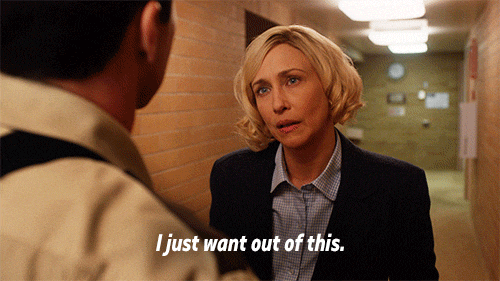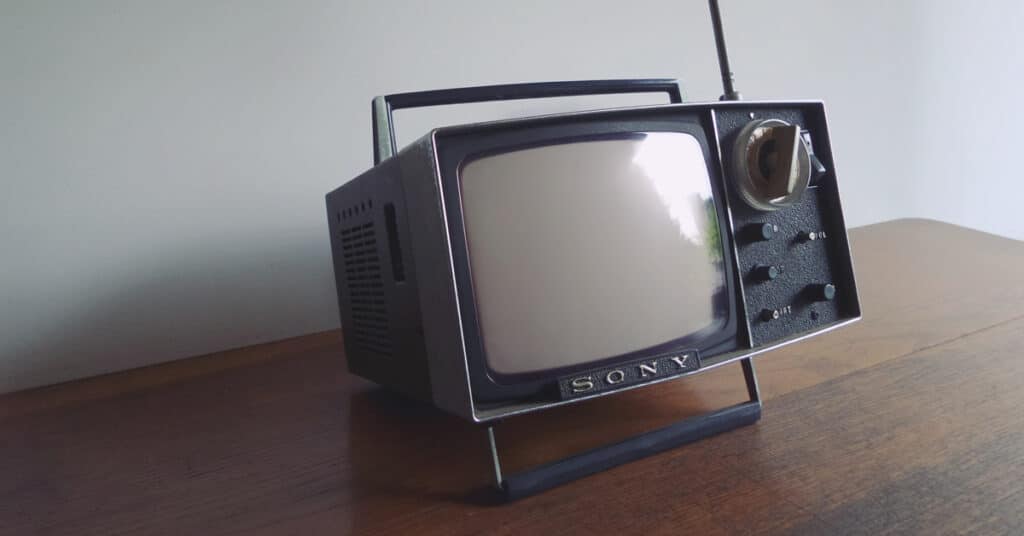Spoiler alert: your bundle is doing your cable company more favors than it’s doing you
It’s been said that change is the only constant in life. But over the last few years, it certainly feels like change is coming at us faster than ever before. Technology is evolving rapidly and a global pandemic turned the whole world upside down, particularly when it came to home life. Many of us have been forced to completely reconsider what our homes are, what they need to do for us, and what it takes to keep them up-to-date in all the new ways we’re using them.

Our Digital Lifestyle Is Changing, Especially Over The Last Year
Online TV/video consumption had already been increasing drastically over the last decade (from 1.7 hours on average per week to 7), but the pandemic sped up the migration to streaming and away from cable TV even further.1 “The past year has categorically shifted the television viewing landscape,” says Brian Fuhrer of media-research giant, Nielsen, “[and] even as people begin to dive back into their pre-pandemic activities…we expect people to keep sampling and exploring their options.”2
Why do cable companies push people to bundle service?
The short answer: cable companies make more money that way.
The slightly longer answer: by offering a bundle of products and services, it becomes less clear exactly what we’re paying for (and what we’re getting in return) so cable companies can sell us stuff we don’t want or need.
Chances are good that you started shopping for TV, phone, and internet for some very specific reasons. For example, when it comes to TV, you probably knew there were a handful of channels you needed to have. But chances are even better that your TV package contains way more channels than you ever look at. In a survey of over 1,000 Americans, respondents reported watching just 11-12 channels, on average, even though their TV package included over 190.3 The difference in viewership between top cable channels (think CBS, Fox, ABC, or ESPN) and the least-viewed channels (channels like MTV Classic or Comedy TV) is in the millions!4 Typical cable bundles require you to pay for all of them anyway.
By offering a big collection of products, companies can present their bundles in comparison to what you would pay for each of those products individually, even though you would never pay for most of the products at all. So while all the features included in a TV/internet/phone package might cost less as a bundle than they would if you paid for all those features one by one, there’s a good chance that the bundle costs more than just paying for the individual features you use. This isn’t news to many people, but we’ve been willing to stick with bundles purely out of convenience.
Paying one company one monthly price for phone, internet, and TV just seems so much easier than handling all of those things individually. In the past, this was probably true. But an explosion of technological advancement has made it so easy to hand-pick services fit for your situation that it’s getting hard to justify paying for a bundle. If you’re frustrated with your bundle but have worried about the hassle or cost of cutting the cord with your cable provider, take a look through our guide below to see if now’s the time to walk away.

Your guide to cutting the cord with cable TV bundles
Step 1: Determine your priorities
If you’re considering ditching the bundle, one of your first questions will be, “what do I replace those services with?” The answer depends on your personal preferences and how
The first step you’ll want to take is determining what you want out of these services. Think about how you use your current cable TV package. What do you spend time watching? Is it live news, sports, movie channels? Pay attention over the next several days and make a note of the things that matter to you most.
Do the same for your phone and internet service. How often do you use your landline? For what types of calls? Do you have a cell phone and could any/all of those landline calls be made on your cell?
How much time do you spend online? How many devices do you typically have connected to WiFi at any given time? Do you do things like streaming movies or playing video games that require more bandwidth than scrolling through a social media feed?
Keep each of the three categories separate and answer those types of questions for each. It will help you understand what you want from the services, rather than relying on a big company telling you what they think you need.
Step 2: Confirm your budget
Once you have a good sense of your priorities, confirm how much you’ve been paying each month for the services individually. This may be harder than it sounds because many companies bill you a lump sum for all your services and don’t do a great job of providing detail on what each cost. You may need to get into the fine print of your monthly bill or even get on the phone with someone from the company. Remember to account for the pesky fees and services that always seem to be added in with bundles—data caps, equipment fees, installation fees, and more—as well as the likelihood that your monthly fees will go up over time.
Once you know what you’ve been paying for each service individually, reference your priority list from Step 1 and ask yourself whether the price feels right for what you’re getting. Use that as a starting point to determine a monthly target budget for each service individually.
Step 3: Find your fit
Once you know what you want and what you’re willing to pay to get it, you’re in a good position to weigh out the alternatives. The great news is that there are actually options today. Traditionally, big companies were the only convenient way to access the best TV, phone, and internet services. It’s simply not true anymore. And that’s good news for you! (Not so much for them.) This can be the fun part. It’s time to go shopping.
Alternatives to cable TV: Check out this article on some of the best alternatives to pick from when cutting ties with your current TV package. It’s important to remember that streaming services are all internet-based. If you are watching on a smart TV then this won’t be an issue because each of those services has an app where you can easily access what you need from the main menu of your TV. If you watch on a TV without that capability, no worries, there are a number of affordable options to replace your cable TV box.
Alternatives to your current phone service: We’ve already done most of the research work for you in this article that outlines great alternatives to your landline phone service.
Find alternatives to your current internet service: While everyone’s internet usage varies, pretty much all of us want the same things—speed, reliability, and coverage—all at a reasonable price. The reason WeLink is helping so many people cut the cord with their bundled package is that our cutting-edge approach to internet service offers you fiber-speed broadband with whole-home coverage at a lower price than traditional fiber (and zero data caps, so you can stream all you want!). It’s a game-changer that is getting a lot of people excited, and you can read more about it here.
Sources:
1 Post-Pandemic Media Consumption: Online Streaming Accelerates A New Content Experience, Forbes.
2 The Gauge Shows Streaming is Taking a Seat at the Table, Nielsen.
3 Paying for Channels You Don’t Watch, Cordcutting.
4Top-Rated Channels of 2020: TV Network Winners & Losers, Variety.

